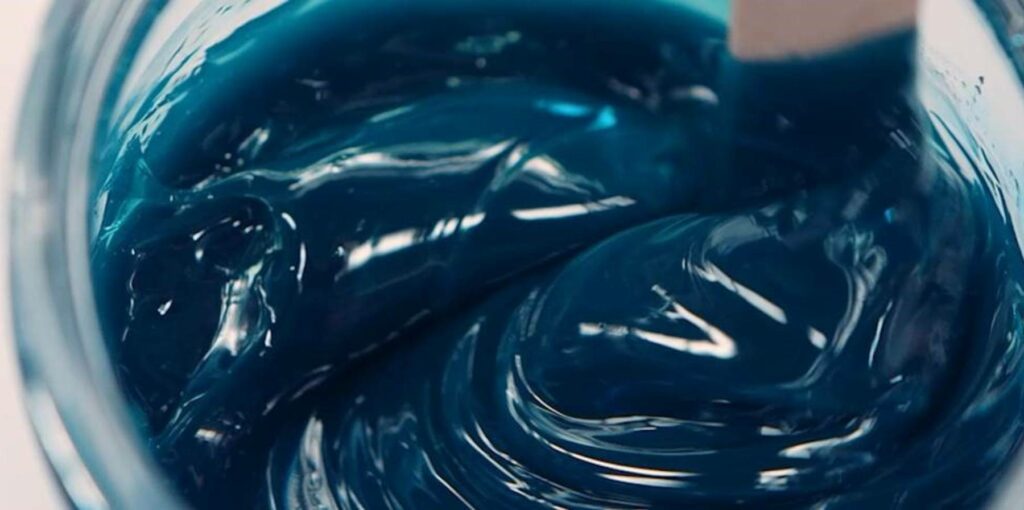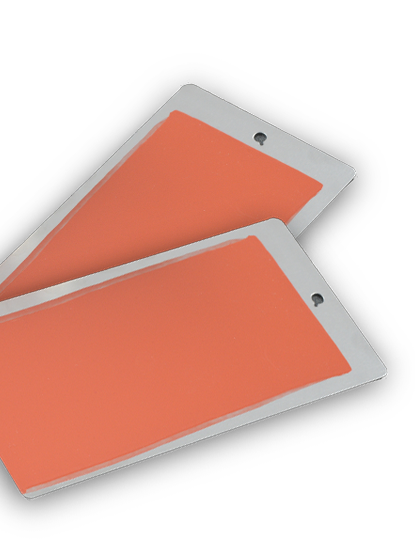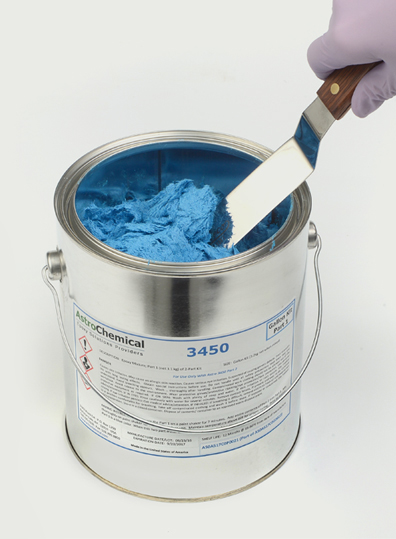
The working life (AKA “pot life”) of a room temperature curing epoxy is determined by the chemistry of the system and can be greatly influenced by several factors including mass, ambient conditions, and even proper mixing. This critical period begins once the epoxy components are mixed and lasts until the material thickens to a point where it becomes unusable. Understanding the factors that can affect pot life, better prepares the user for effective application and proper curing of the epoxy system.
Factors Affecting Working Life:
- Mass of the Epoxy Mixture
- Smaller Masses: Example: A 1 lb. (454 gram) mass of a given epoxy system, once mixed, has a working life of 60 minutes at 24 – 25°C (75 – 77°F).
- Larger Masses: An 8 lb. (3.6 kg.) mass of the same epoxy system will have a shorter working life of less than 30 minutes at the same temperature range. This is because larger masses generate more heat via the exothermic nature of the curing process, further accelerating the reaction and shortening the working life.
- Ambient & Storage Temperature
- Higher Temperatures: At temperatures above 28 – 29°C (83 – 85°F), the working life of an epoxy system significantly decreases. As we observe with a larger mass of epoxy, which generates additional heat, the higher the ambient temperature, the faster the curing reaction proceeds. Consequently, this shortens the usable working life of the epoxy.
- Recommendation: To counteract the effects of higher ambient temperatures, we recommend storing the epoxy system in a cooler environment (below 25°C or 77°F) prior to use. By doing so, the system will begin curing at a lower temperature when mixed, effectively extending its pot life. This practice will also help maintain the product’s usability over time, as elevated storage temperatures can gradually degrade an epoxy system’s reactivity.
- Lower Temperatures: At temperatures below 17 – 18°C (62 – 64°F), epoxy systems may become very thick and difficult to mix and/or apply. Cure times will also be significantly longer, potentially delaying the application and related assembly processes.
- Recommendation: To mitigate the effects of lower ambient temperatures, it is advisable to store the product in a warm environment between 21 – 25°C (70 – 77°F) overnight or until ready to use. When removing from storage, only take out what will be used within a two-hour period. Additionally, you can use space heaters and blankets to increase the temperature in cold application settings, which will help accelerate the curing process.
- Humidity: Higher humidity conditions will adversely affect the cure times of specific epoxy chemistries. In particular, high humidity may lead to a phenomenon known as “blushing,” which manifests as a sticky or wet film on the surface of the curing epoxy.
- Recommendation: Wherever possible, we recommend mixing and applying Astro products in a climate-controlled environment. We understand that may not always be feasible, especially on a job site. Therefore, if you encounter high humidity conditions or suspect instances of “blushing,” we recommend reaching out to our lab for additional details and guidance.
- Mixing Process and Fillers
- Proper Incorporation of Fillers: Many epoxy systems incorporate organic and inorganic fillers to achieve various enhancements, including increased mechanical strength and improved thermal cycling capabilities. These fillers serve a dual purpose: not only do they enhance performance, but they also act as heat sinks during the curing process. When thoroughly dispersed in the mixing process, fillers absorb and dissipate heat, helping to regulate the overall curing reaction.
- Impact of Improper Mixing: If fillers are not thoroughly dispersed during the mixing process, the resulting cure reaction can become inconsistent. Some portions of the mixture may cure too quickly, while others may cure very slowly. To optimize the working life of the mixed epoxy product, it is crucial to follow Astro Chemical’s mixing instructions, paying special attention to applicable temperature conditions and proper mixing procedures shown on the product label.
Summary of Key Points:
- Mass and Working Life: Larger masses typically have shorter working lives compared to smaller masses at the same ambient temperature. The larger the mass of mixed epoxy, the more heat that is generated by the cure reaction, and the shorter the working time.
- Temperature Dependence:
- Higher Temperatures (above 28 – 29oC or 83 – 85°F) will accelerate the curing reaction, leading to a decrease in working life. To mitigate this effect, cool the material before use.
- Lower Temperatures (below 17 – 18oC or 62 – 64°F) may thicken the product and make mixing and application difficult while significantly increasing cure times. To mitigate this effect, store the product in higher ambient temperatures (above 18oC or 65°F).
- Proper Mixing: Ensuring thorough mixing of the catalyzed epoxy system, and the fillers contained, is crucial for maintaining a consistent working life. Fillers act as heat sinks and help regulate the rate of cure.
Recommendations:
- Follow the Recommended Storage Conditions: Especially in warmer or colder climates, adhere to the storage recommendations indicated on the product label. Doing so ensures optimal mixing and working time when applying the product.
- Ensure Thorough Mixing: Follow proper mixing procedures to fully incorporate fillers. Properly dispersed fillers help control the cure reaction and maintain a consistent working life.
- Monitor Ambient Conditions: Be aware of the ambient temperature and adjust working procedures accordingly to compensate for potential reductions in working life caused by temperature and high humidity.
By considering these factors and adhering to recommended practices, you can optimize the working life of your epoxy system to achieve the intended cured properties, including adhesion, mechanical strength, electrical insulation, and chemical resistance.


